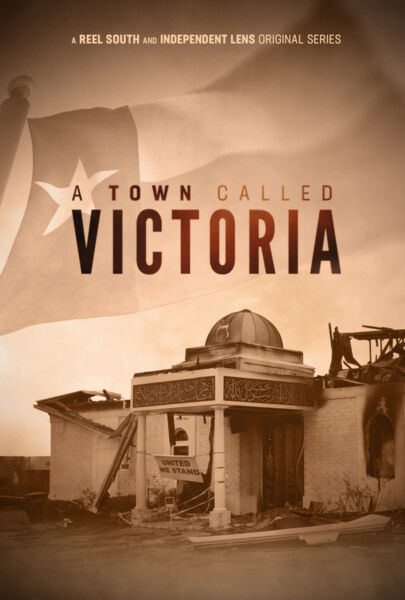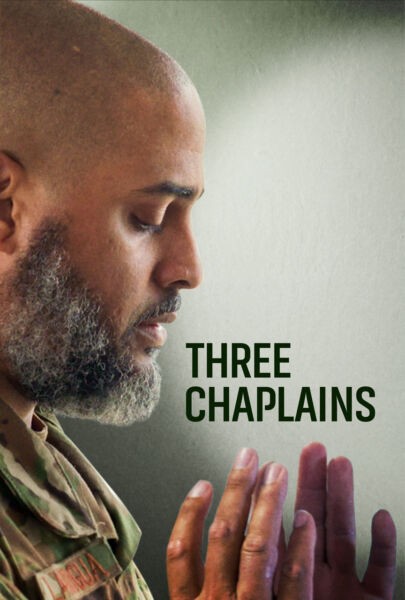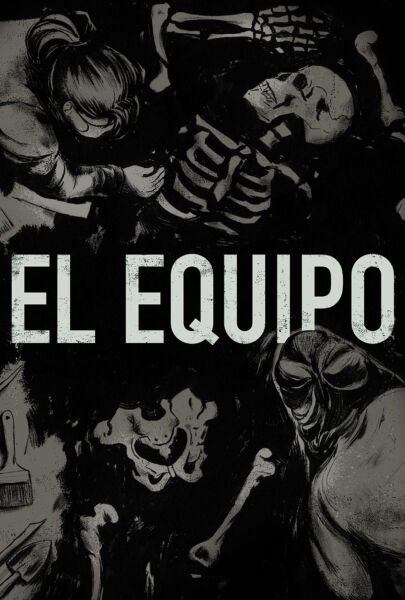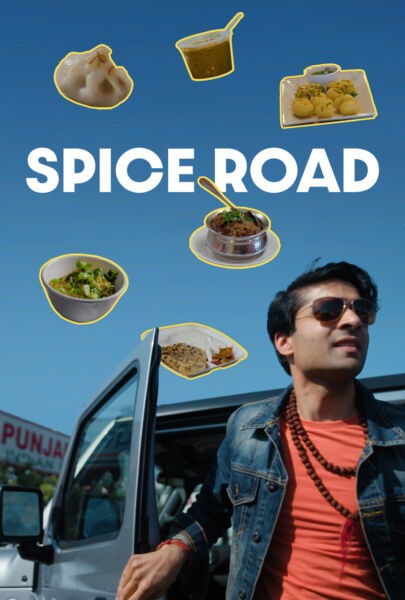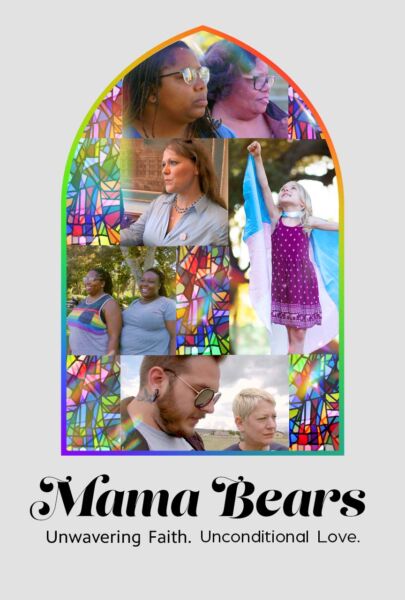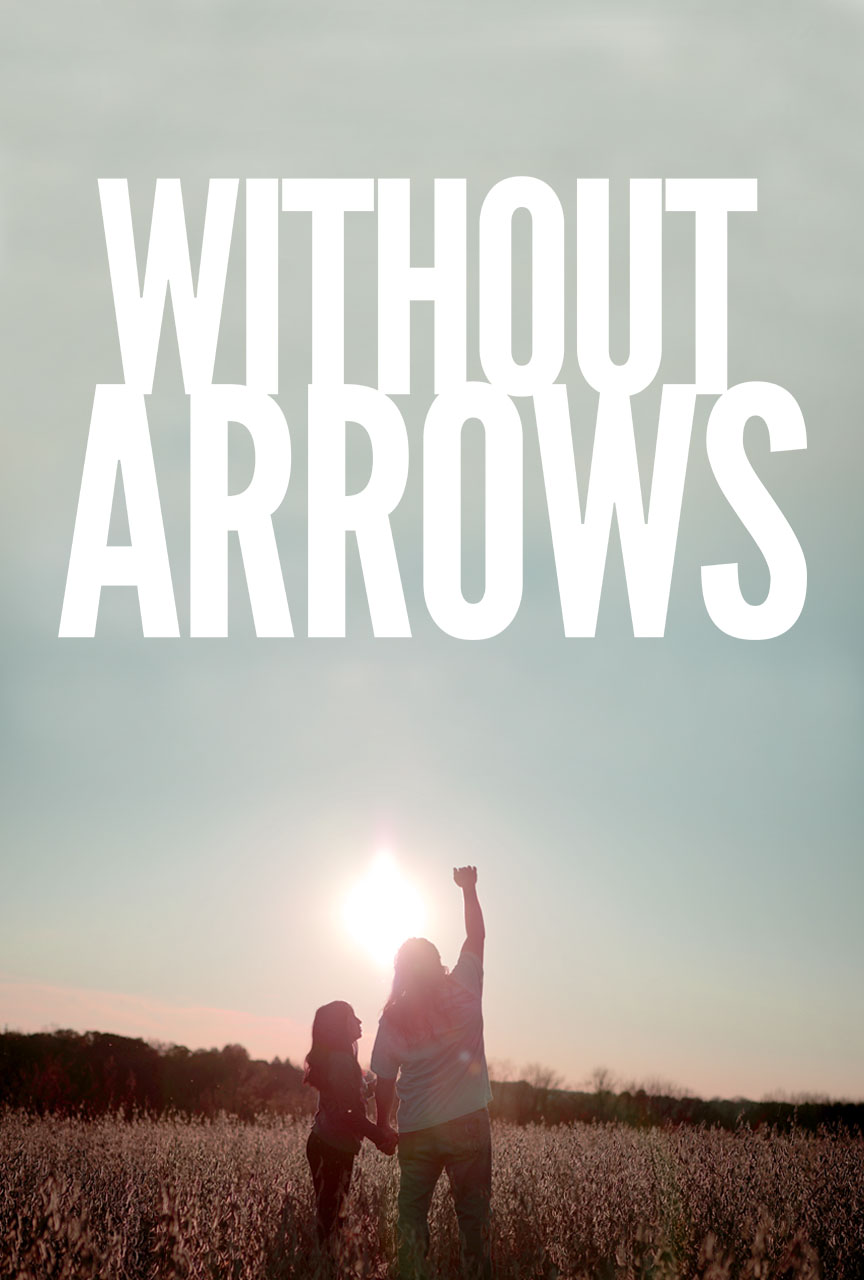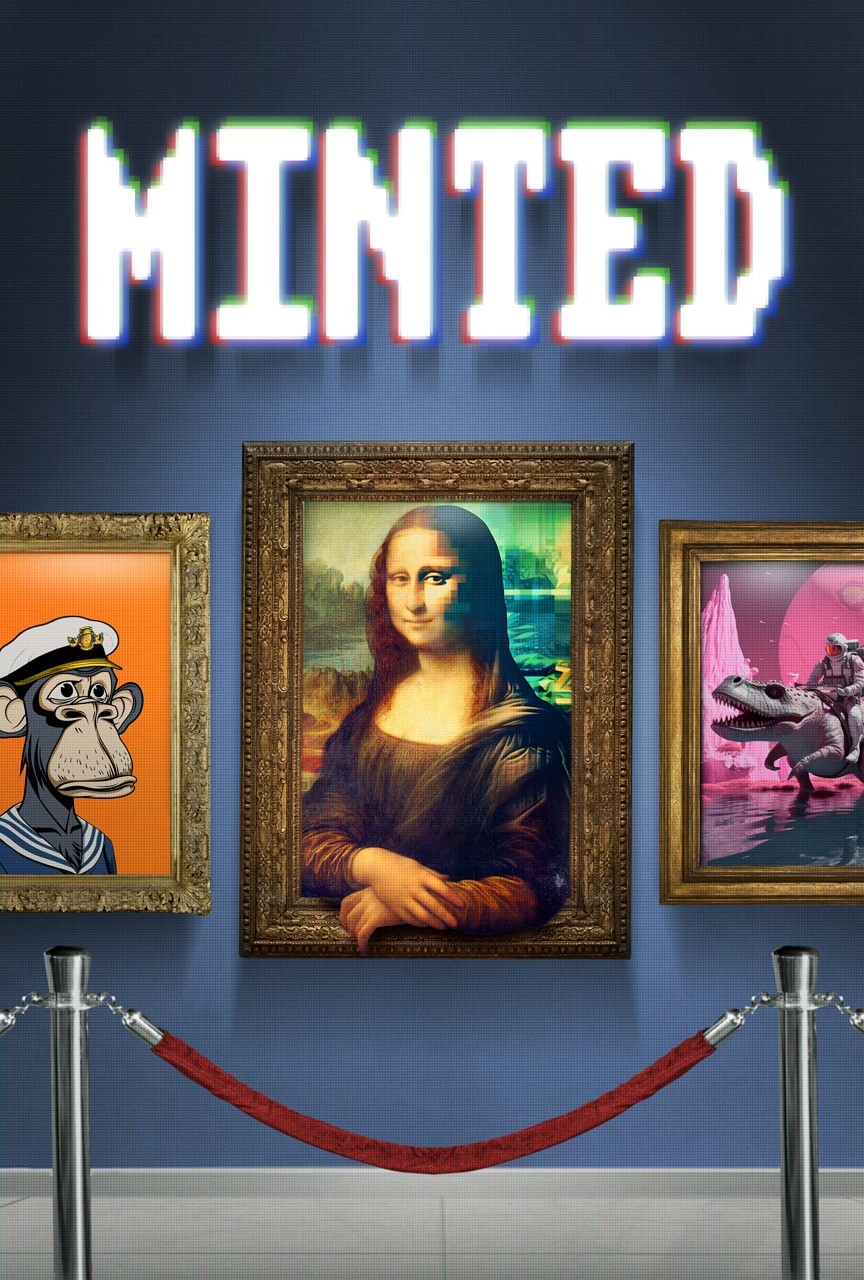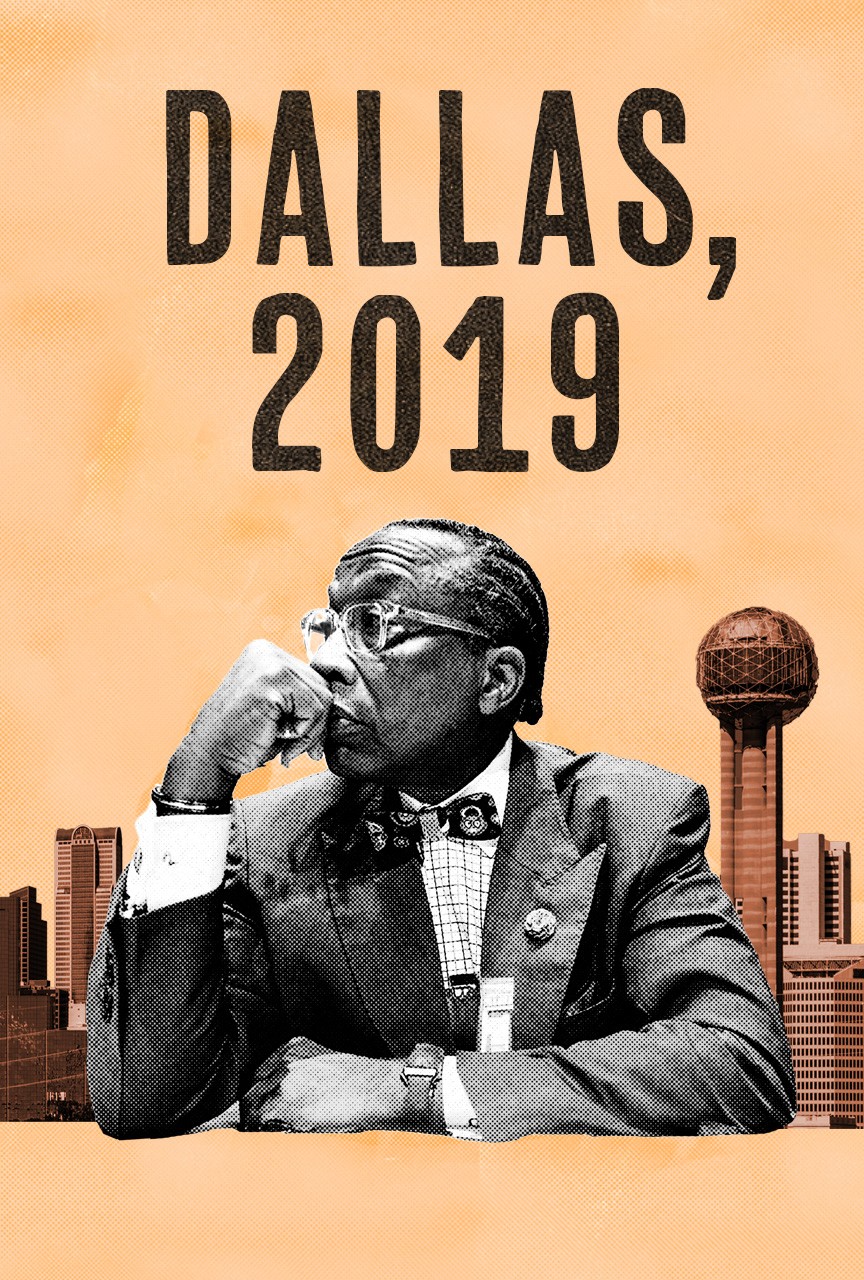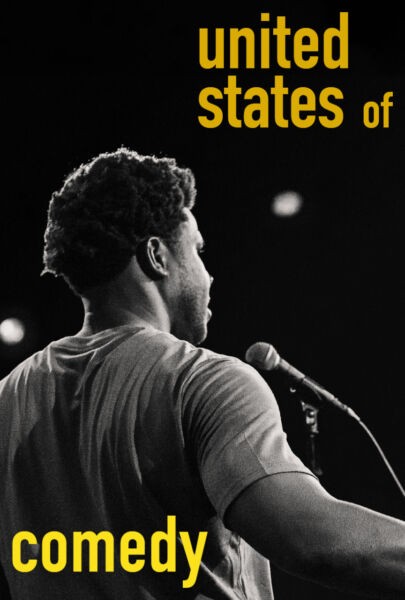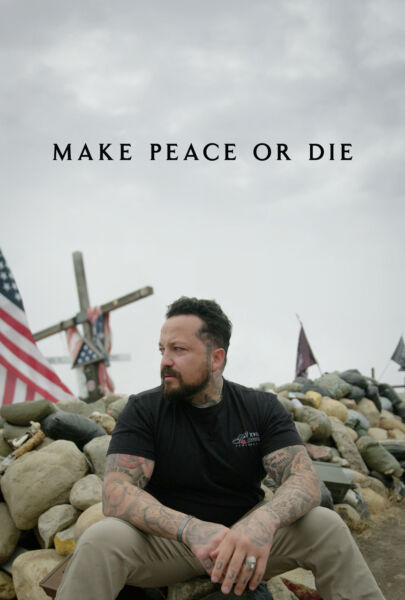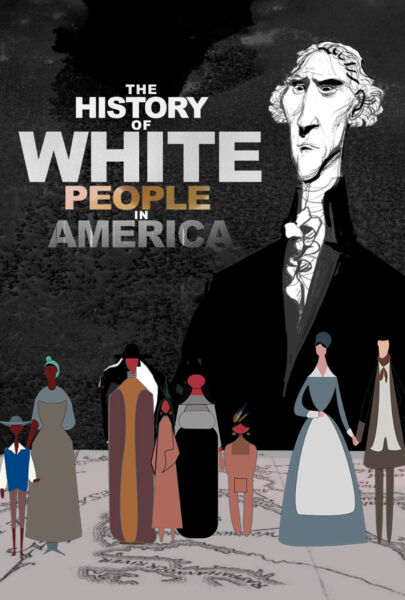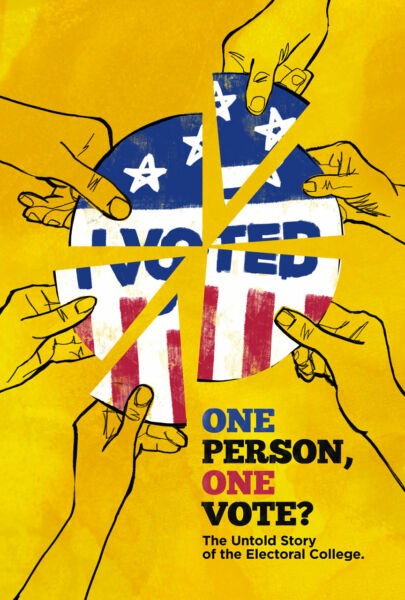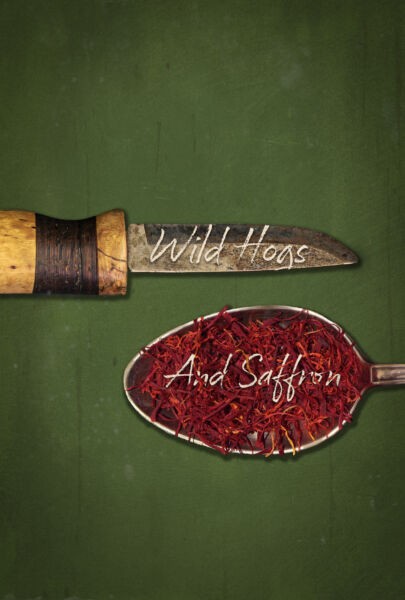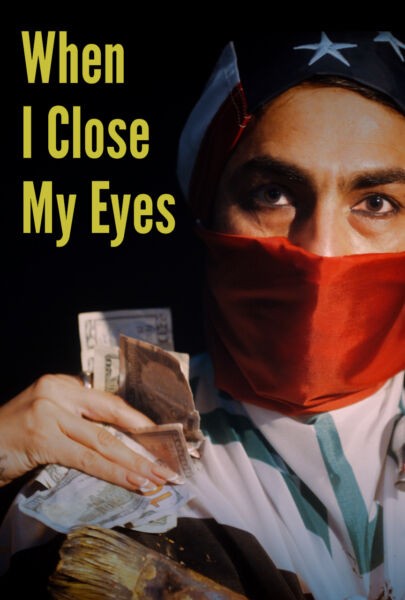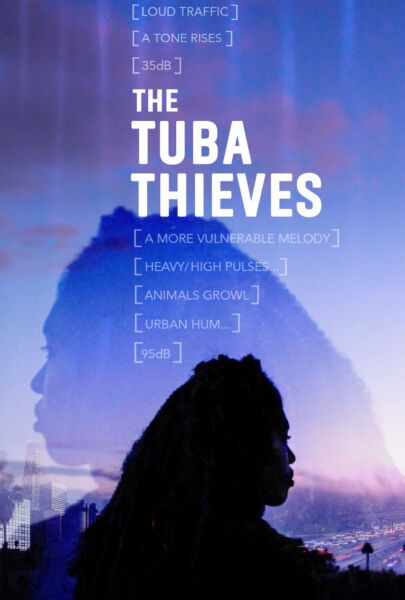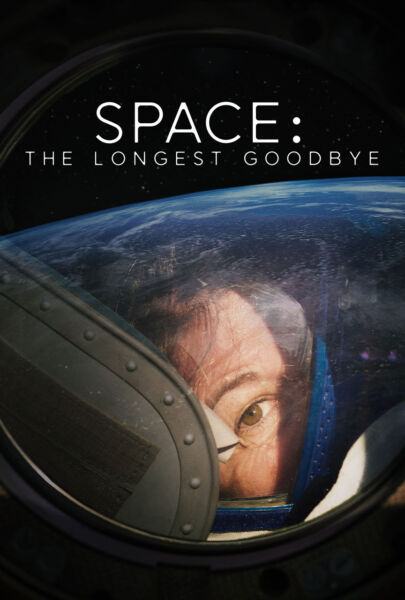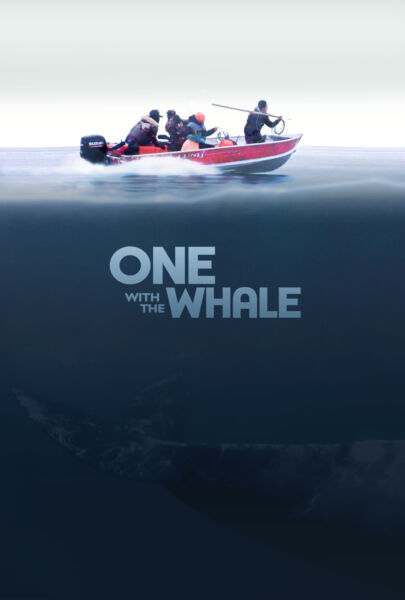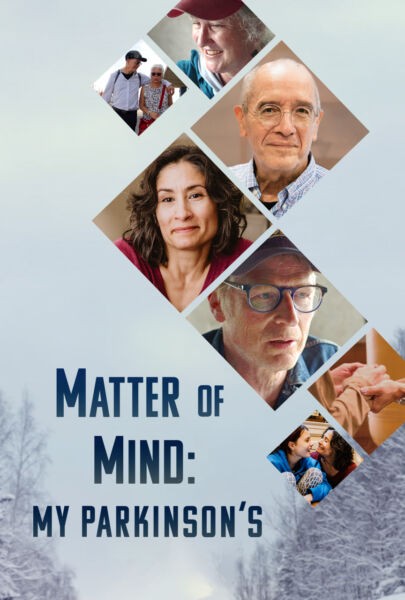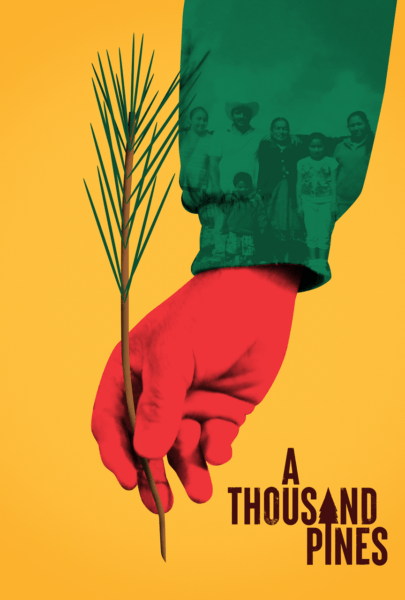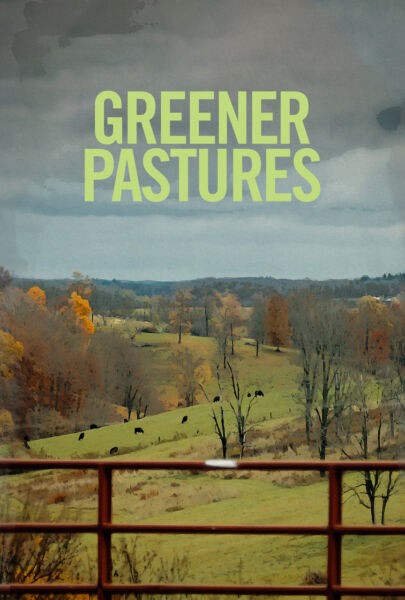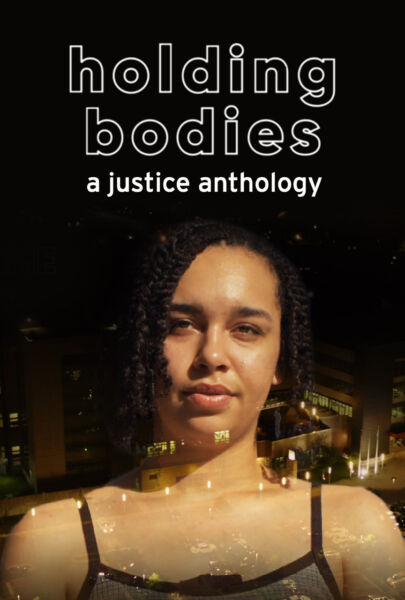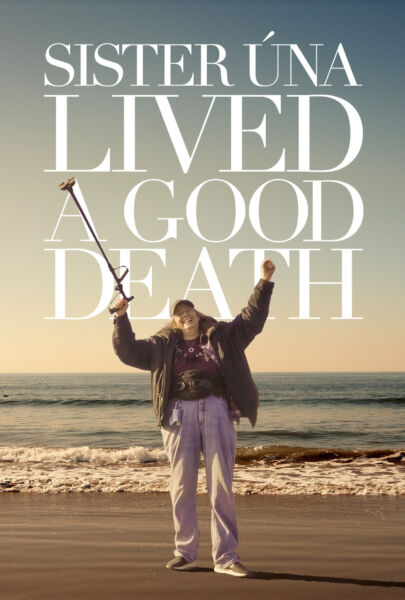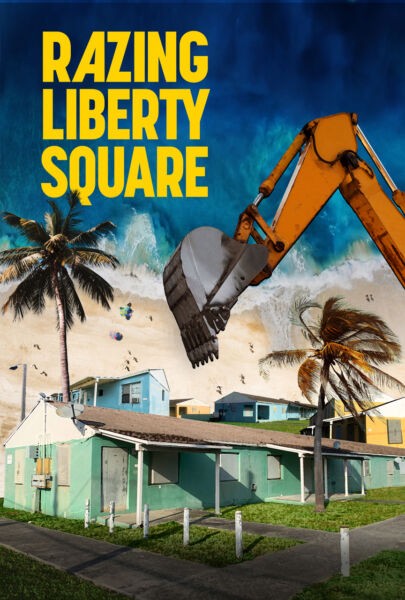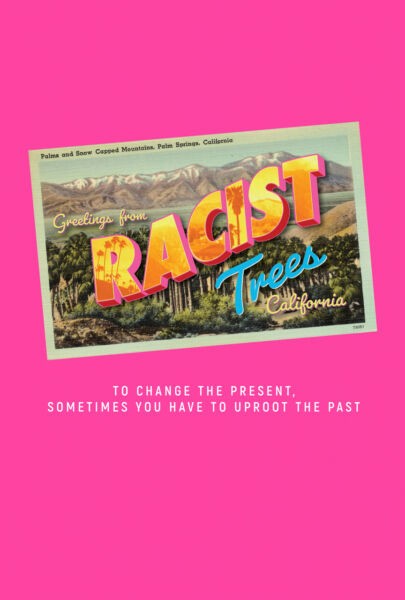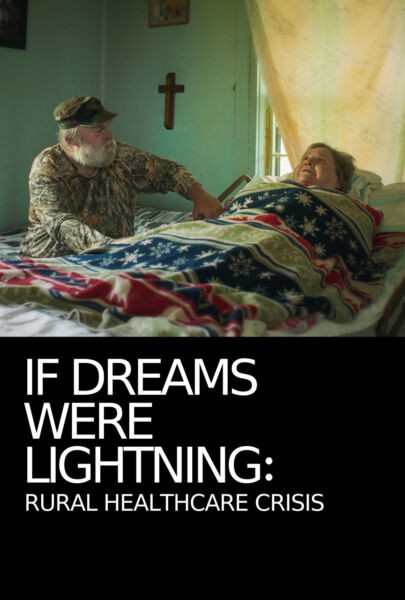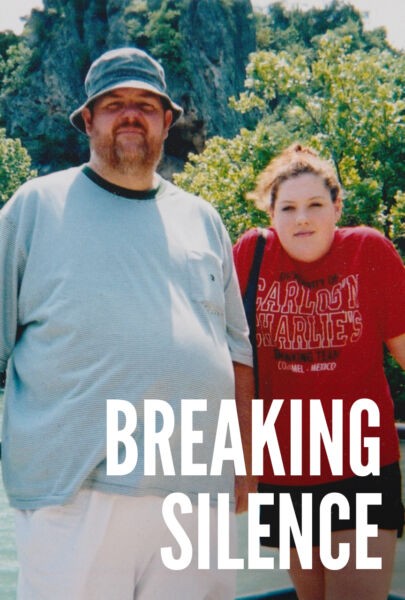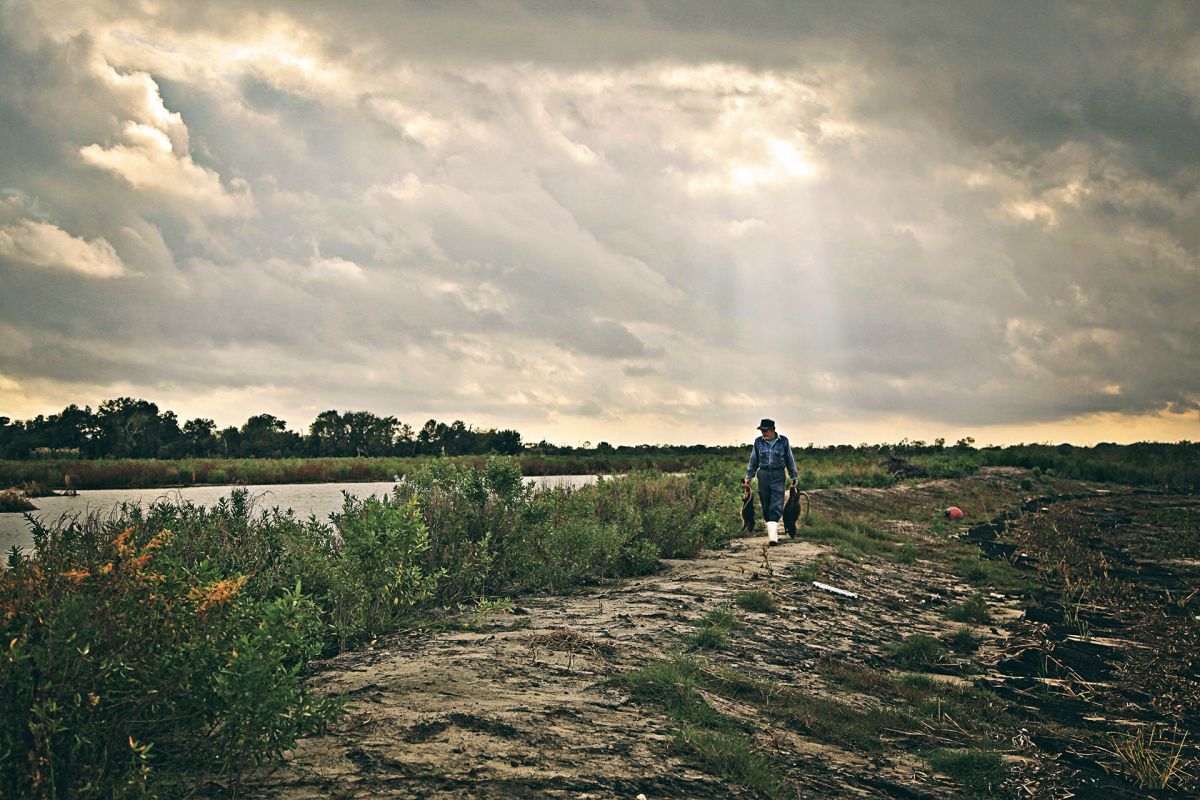
The trio of filmmakers behind the Independent Lens film Rodents of Unusual Size — Jeff Springer, Chris Metzler and Quinn Costello — have previously captured unique environmental stories with a very human element to them, as Jeff and Chris made the award-winning cult favorite Plagues and Pleasures of the Salton Sea (since Jeff was born in an abandoned desert town he knows that surreal landscape well), while Quinn edited documentaries on subjects ranging from environmental justice, sacred islands and dancing spiders. So they were naturals for making a quirky film about how Louisianans coped and adapted to being overrun by voracious rodents. Even if nothing before quite prepared them for this bayou tale.
“The film demonstrates a surprising–and commendable–frankness, especially as its creators interview those working to stay afloat amid hurricanes and nutria-accelerated coastal erosion,” wrote Karen Han in the Village Voice of Rodents of Unusual Size. Adds Ben Sachs in the Chicago Reader, “Directors Costello, Metzler, and Springer emphasize their subjects’ creativity and camaraderie, resulting in a upbeat, flavorful community portrait.”
The trio (who are based in California and New York) chatted with us about the unusual making of Rodents of Unusual Size, including on that title, the use of animation, whether or not they’d have a nutria as a pet (they might!), and updates on both man and beast.
What was the ickiest moment for you filming this movie?
Jeff Springer: Watching people count nutria tails at the collection sites has to be up there. There is just something about looking at a bucket full of severed rodent tails that doesn’t make you feel like going and grabbing lunch. There was also the time we watched the furrier Tab Pitre skin nutrias, which was pretty gruesome. But since I was looking through the camera, I was able to disconnect from the reality a little bit, so it really didn’t bother me much. I really can’t say the same for Quinn and Chris.
Chris Metzler: I second the tail collection sites. But I also bashfully admit to having to step away for a few minutes once Tab was in the middle of disemboweling his umpteenth nutria. Not so much the blood and guts, as I am all for gross, but the smell kind of gets to you.
Quinn Costello: We filmed at a country Mardi Gras way out in Eunice, Louisiana. However, in order to get permission to film we were thoroughly hazed which entailed rolling around in the mud while they whipped us and poured whiskey on our heads. That was pretty icky, yet exhilarating.
Was it challenging filming in so many swampy areas and what adjustments did you have to make? Or what was the most surprising thing you learned while making the film?
CM: A lot of production involved heading out onto the water before dawn and spending a lot of time filming on boats. Mud boats, airboats, shrimp boats, lots of boats. So no matter what time of year it was always wet.
JS: You are so much at mercy of the elements. The weather changes, it rains, and the high humidity and winds in the winter time makes it brutally cold out on the water. We would often carry a waterproof case to hide the camera in if we got hit by a storm. It was also very cold and muddy in these wetlands, so rubber shrimping boots (known as “Cajun Reeboks”) where critical to our survival. Once you got your feet wet, it made everything so much more uncomfortable and difficult.
QC: I was surprised at how rapidly the area is eroding. We saw so much of it change just over the period we were filming.
Did making Rodents of Unusual Size change the way you thought about things like hunting, food and sustainability?
CM: It was definitely a new experience, as none of us are hunters. But with that said, putting ourselves in new situations is one of the things we really enjoy about making documentaries. At first, we were just really curious and open to the experience.
QC: I grew up in Idaho where everybody hunted except me. I had always thought of it as kind of a lonely sport and I was never interested. However, working on this film definitely gave me an appreciation for how much hunting brings families together and bridges generations. I don’t think I’ll start hunting regularly but I certainly have a newfound appreciation for it.
JS: I was never exposed to hunting. I had never shot a gun in my life. I always saw it as brutal and unnecessary, especially if it was just for sport. But having lived with these hunters and trappers in Louisiana, you really begin to see it as a way-of-life and a means for survival. I would still never have a gun, but I now see how they are necessary in these situations… especially when you are trying to protect your homeland from hordes of invading rodents.
Why that title? What’re you, Princess Bride fans or something?
QC: I had no idea there were so many hardcore Princess Bride fans out there. We had a couple show up at a screening recently dressed as characters from the film.
JS: I have always been a fan of the movie, but it really had more to do with having a unique title that expressed the tone of the movie. The hope would be that even if you have never seen the Princess Bride, the title would still be meaningful… as it would convey the ominous, but playful tone of the film.
CM: And funnily enough, many biologists in the field call them “rodents of unusual size”… so the title made sense for a bunch of different reasons.

Who did the cool animation and why did you want to weave animation into your film?
JS: We collaborated with a longtime filmmaker friend Mike Blum and his animation company Pipsqueak Films in Los Angeles to create these segments. We knew we had to tell the historical backstory of how the nutria came to Louisiana, but we really did not have many historical photos or films to convey it visually… so we knew early on that it would require something like animation.
We did a lot of historical research to figure out what Louisiana would look like in the 1930’s to give to Mike and his team, so although it was all created, it is historically accurate. They came up with a unique style, which used hand-drawn elements that could be animated digitally. We wrote a script and came up with a basic visual story and then the animators started building the sequence.
Animation is very time consuming, but also very satisfying, as unlike documentary, anything is possible to create visually. It made it possible to tell the story quickly, in a visually dynamic style, [to] immerse you in the history.
Would you have a nutria as a pet?
CM: Most definitely! It kind of surprised me, as I think we all went into production thinking about these gross, super-sized rats. And believe me, we met some ugly, smelly nutrias. However, once you are up close and personal with a cute, snuggly nutria you start to dream about having one. Then again, I like weird pets. So throughout production I kept half-joking with Jeff and Quinn about having one as a pet, but secretly I really wanted one.
JS: Never.
CM: But Jeff, once you met our stunt nutria “Nooty” admittedly you kind of fell in love with her. 🙂
Did you try eating nutria yourself during the filming, and if so how did it taste? Or what’s the most exotic thing you’ve ever eaten?
QC: Yeap, fried, BBQed and fricasseed. It was one of the first things we wanted to do and while I don’t think nutria tastes that bad I think it’s amazing that anyone ever thought that eating them out of existence would be a tenable solution. Nutria is generally best if you throw in a lot of other flavors.
JS: Anytime someone cooks a nutria in the film, like James Beard Award-winning chef Susan Spicer or musician/chef Kermit Ruffins, we ended up eating it afterward. It is pretty tasty, similar to dark turkey meat or rabbit in flavor. It really has more to do with how you prepare it. The nutria prepared by the experienced chefs in the film was great.
CM: When we tried to prepare it ourselves to promote our Kickstarter campaign… it didn’t come out too well. But I think that has a lot more to do with our skills in the kitchen rather than the taste of the nutria.
QC: As a surprise, a film festival in Jacksonville, Florida sold nutria chili dogs for the screening and that was a particularly inspired pairing.
Nutrias have started to invade California, are you worried about this state now, too?
JS: We should all be very afraid. The rodents are coming.
CM: I welcome our rodent overlords.
QC: The Sacramento River Delta has many of the same features that made Louisiana such an easy place for the nutria to grow out of control. Fortunately, they are looking to Louisiana to provide pointers on how to deal with the problem.
(Go behind the scenes of Rodents with the filmmakers, from our friends at KQED)
What documentary or feature films influenced you in the making of this one?
JS: The classic offbeat environmental documentary Cane Toads by Mark Lewis has always been an influence for the three of us as it tells a story of invasive species with humor and respect, while celebrating the local culture dealing with the threat.
QC: And Les Blank’s films were a major influence. I was fortunate enough to be able to tell him about the idea for the film at a party over a bowl of raccoon stew before he passed away. His films really captured the energy of the place and provided such a fascinating entry-point into the region. His spirit lives on in Southern Louisiana and there are so many people who knew and loved him down there.
CM: I’ll also throw in Errol Morris’ Fast, Cheap and Out of Control, Werner Herzog’s Grizzly Man and Bradley Beesley’s Okie Noodling. I think we all appreciate documentaries that tell their stories in a visually interesting way, have a unique tone and uncover a world that surprises us.
What films are you working on next?
JS: ROUS II: The California Invasion!
CM: We each have a couple of stories warming up on the burner so we’ll see what sticks, but for now the three of us are collaborating on a public TV documentary about the life of mid-century modern ceramicist Edith Heath and the world she created in her art.
Lastly, how about an update on the main characters in the film? How are they doing? How is Nooty the Nutria doing?
JS: Nooty, our stunt nutria, is doing great. We saw her recently at a screening in New Orleans. Whenever she shows up to a Q&A after a screening, no one seems to interested in hearing from the filmmakers anymore… they all just want to pet the nutria. Thomas and his family are doing well. They also came to a screening in New Orleans (along with 25 of their extended family members) and they really enjoyed the film.
Our main character, Thomas Gonzales, was really excited… but I think for Joan his wife, it was quite an emotional experience, as the film brought up a lot of difficult memories. The land around Delacroix Island continues to wash away due to the nutria invasion, but the Gonzales family continues to hang in there.
QC: Nutria control specialist Michael Beran has expanded his animal control business all over the country and has become quite a sensation as a falconer on the Renaissance Faire circuit.
CM: Sadly, Edmond Mouton passed away suddenly this past year before we finished the film. His work with the Louisiana Department of Wildlife and Fisheries was instrumental in creating awareness for the nutria problem within the state and working to solve the problem with creativity. He experimented with lots of new ideas to see what might work, like the Nutria for Human Consumption campaign (not so successful), and later the tail bounty program (very successful), but through it all he never gave up and word on the street is he cooked a mean nutria gumbo.


